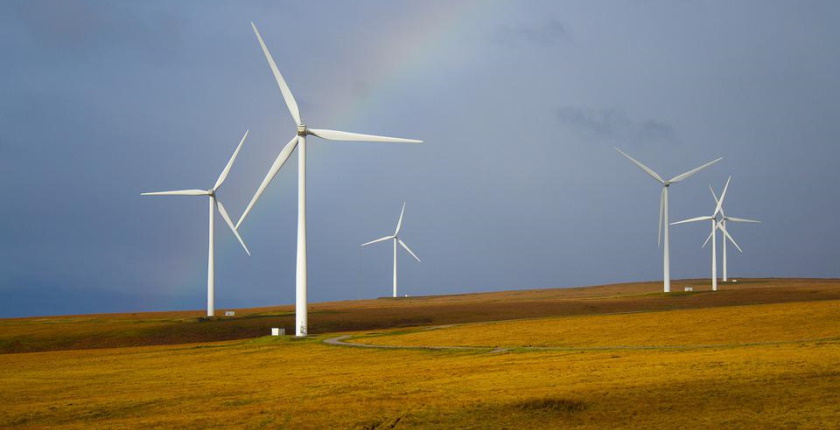
Photo: EdWhiteImages from Pixabay
The EU has regulations in place enabling countries that lack renewable energy capacity to pay other member states and formally make up for shortfalls in achieving own green energy targets. With its upcoming rule, Romania can host photovoltaic systems or offshore wind farms and statistically transfer its output abroad.
The Ministry of Energy of Romania published a draft rule that would transpose the European Union’s legislation in the area of calculating and exchanging surplus shares of electricity from renewable sources, Economica.net reported. The Renewable Energy Financing Mechanism, which came into force last year, allows the statistical transfer of renewable electricity between member states.
Mechanism includes heating, cooling energy
The latest data, from 2020, show Romania has a small surplus in the share of green power in gross final energy consumption – 24.5% against its 24% target. It means it would currently be able to statistically transfer the energy equivalent to half a percentage point of its consumption to another member state.
The countries involved in such joint projects need to notify the European Commission. The mechanism includes heating and cooling from renewable sources that can be statistically transferred. The energy produced can be sold anywhere under market conditions.
The national renewable energy targets are increasing in time as the EU is aiming to reach climate neutrality by 2050.
NERO wind power project was statistically intended for Netherlands
The article highlights the example of a wind power project of almost 1 GW (in two parts) in nominal capacity from five years ago that was launched for the same purpose. The developer was NERO Renewables. The abbreviation stands for Netherlands and Romania.
The idea was that the Dutch government would participate in the investment and improve its progress toward the national renewables target, but the bilateral deal with the cabinet in Bucharest was never signed.
Romania’s transmission system operator Transelectrica issued technical conditions in December for connecting a part of the NERO wind project to the grid
The project was later taken over by Low Carbon Investment, a British fund, e-nergia.ro reported in March. Late last year, project company First Look Solution got an important permit for the 441 MW section in Buzău county. Namely, Romania’s transmission system operator Transelectrica issued technical conditions for connecting it to the grid.
The other half of NERO was planned to be installed in the south of the Black Sea region of northern Dobruja, also known as Dobrogea, the country’s wind power hub. It was supposed to consist of 242 turbines of 2 MW each in nameplate power.


















Be the first one to comment on this article.